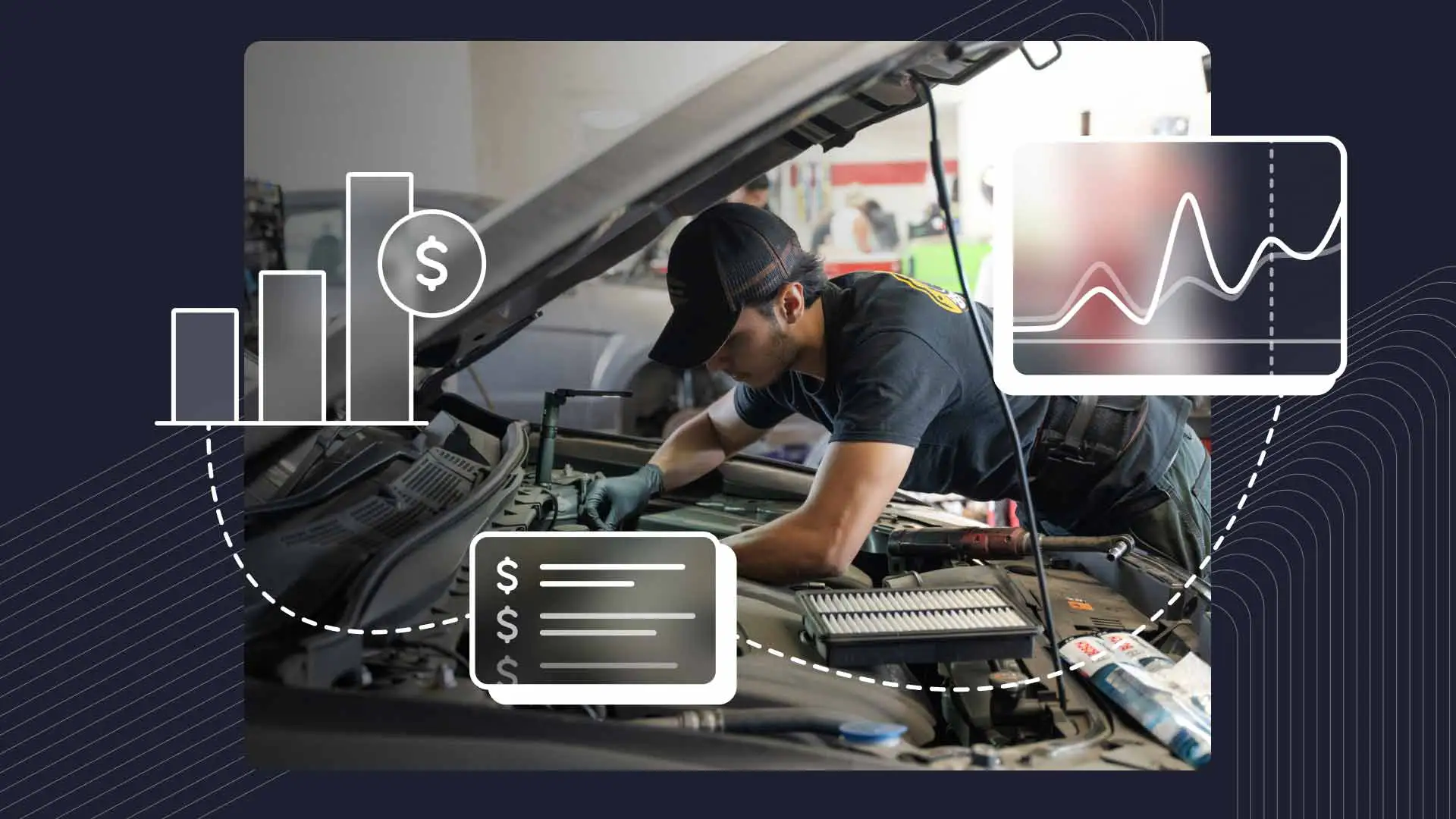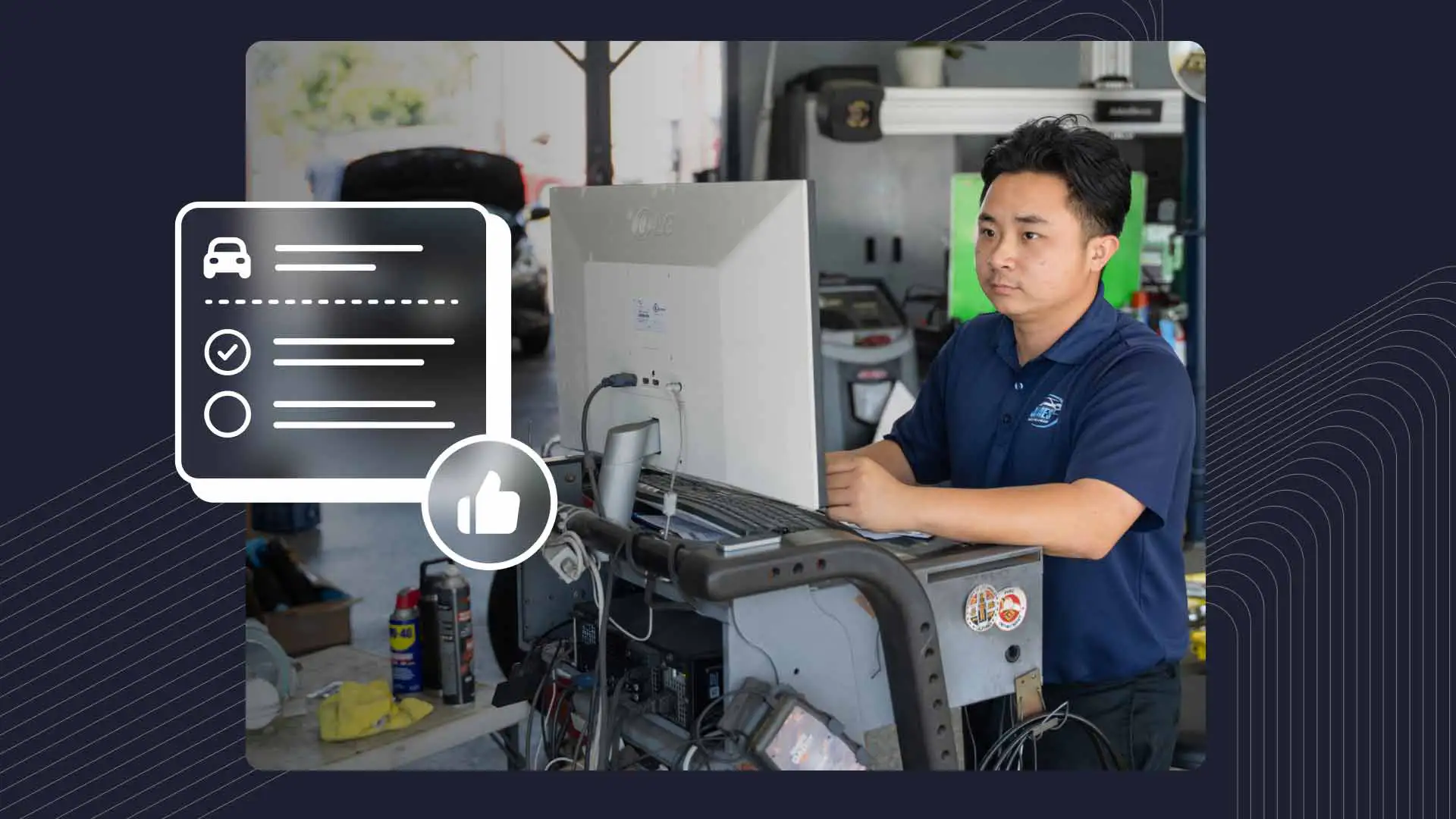When a truck rolls into the shop with transmission trouble, there’s no room for second guessing. Getting the diagnosis wrong can lead to expensive parts swaps, wasted labor, and a frustrated customer who might just take their business to a competitor. On the other hand, quick and accurate troubleshooting gets trucks back on the road faster, saves clients time and money, and strengthens your cred as a top shop for drivetrain service and repairs.
Transmission problems come in all shapes and sizes, from slipping gears and hard shifts to strange noises and overheating. Pinpointing the cause isn’t always straightforward–it could be mechanical, hydraulic, or electronic. But knowing what to look for is half the battle. While preventive maintenance is the best defense, effective transmission repair often comes down to how well your team understands the root causes and how fast they can zero in on the issue.
Understanding the Basics
A truck’s transmission transfers power from the engine to the wheels, allowing it to shift gears and keep the right balance of speed and torque. With a manual transmission, the driver shifts using a clutch pedal and gear stick, while automatics shift gears through a system of hydraulic fluids, clutches, and bands. Regardless of type, most transmissions in light-, medium-, and heavy-duty trucks are built to take a punch. But even the toughest components wear out over time, which is why regular maintenance like fluid changes, filter replacements, and routine inspections are often the ounce of prevention that helps avoid a costly pound of cure.
Common Symptoms & Possible Causes
1. Slipping Gears: One of the most common truck transmission issues is slipping gears. This is when you press the gas and the engine revs, but the truck doesn’t accelerate as it should. This can be especially dangerous when the truck is hauling heavy loads or merging onto a freeway. Possible causes include low or contaminated transmission fluid, a worn-out clutch (for manuals), damaged bands or clutches (in automatics), or internal mechanical damage.
2. Rough Shifting: Another frequent problem is rough shifting. A transmission should shift smoothly as it moves between gears. So if the truck jerks, clunks, or hesitates during gear shifts, it means something’s off. Rough gear changes are often caused by low or dirty transmission fluid, worn synchronizers (in manuals), valve body issues (in automatics), bad mounts, or even a faulty sensor or vacuum issue.
3. Delayed Engagement: When the driver shifts into gear but the truck doesn’t move right away, it’s called delayed engagement. While it may not seem like a big deal at first, something more serious could be brewing: Delayed engagement can lead to complete transmission failure if it’s not addressed quickly enough. Common culprits include low fluid levels, worn seals, or internal damage. Or, it could be a clogged filter, or a faulty solenoid failing to regulate transmission fluid properly.
4. Unusual Noises: Transmissions should be relatively smooth and quiet, so when they make strange noises it’s time for some detective work. Grinding sounds are often caused by worn gears or bearings, or the clutch not releasing. Whining noises may be a sign that bearings are failing, or fluid levels are low; or, it could mean the truck’s having pump issues. If it’s making clunking sounds, you could be looking at worn U-joints or mounts, low or old transmission fluid, or internal damage.
5. Overheating: An overheating transmission is not to be taken lightly, as it can lead to total system failure. Telltale signs include a hot or burning smell, along with warning lights and a temperature gauge in the red. Overheating is often caused by low fluid levels, a clogged transmission cooler, excessive towing, frequent quick acceleration, or internal component problems.
6. Fluid Leaks: Fluid leaks are never a good thing. Transmission fluid is usually reddish and has a sweet or burnt smell, and if you notice puddles forming under the truck it should set off alarm bells. The key is finding and fixing them early, before they lead to serious problems. Leaks are often the result of worn seals, a damaged pan, or loose connections.
DIY vs. Professional Help
Truck transmissions are made up of lots of moving parts, and while there are a few basic checks drivers can do themselves, most issues should be handled by a professional. For example, drivers can handle checking transmission fluid levels and looking for leaks; low fluid can be topped off, and drivers should note the location and severity of any leaks. But for anything more, it’s usually best to call in a qualified technician. Trying to take apart or repair a transmission when you don’t know what you’re doing can go sideways in a hurry.
Preventative Maintenance
It says here the best way to prevent transmission problems is to stay on top of maintenance. Regular fluid changes are a big one, since transmission fluid breaks down over time and loses its ability to lubricate and cool properly. Filter replacements are another important part of the equation–a clogged filter prevents fluid from flowing freely, which can lead to overheating and internal damage. Checking fluid levels should be part of the routine, too, as low fluid can lead to slipping gears, overheating, and eventual system failure. Driving habits matter as well: Rapid acceleration, heavy towing, and frequent stop-and-go put added strain on the transmission and should be kept in check. Finally, keeping accurate, up-to-date maintenance records helps you stay on schedule and get an early jump on any issues that may crop up.
Keep Truck Transmission Problems at Bay
Expert transmission repair starts with recognizing the common warning signs–slipping gears, delayed engagement, strange noises, overheating, etc.–and pinpointing the root cause. Helping customers with preventative maintenance and smarter driving habits goes a long way, too.
Getting these techniques down will make your shop that much stronger, more efficient, and more profitable. And, to keep your shop running as smoothly as the trucks you service, request a demo of Shopmonkey’s best-in-class truck repair shop software today!




